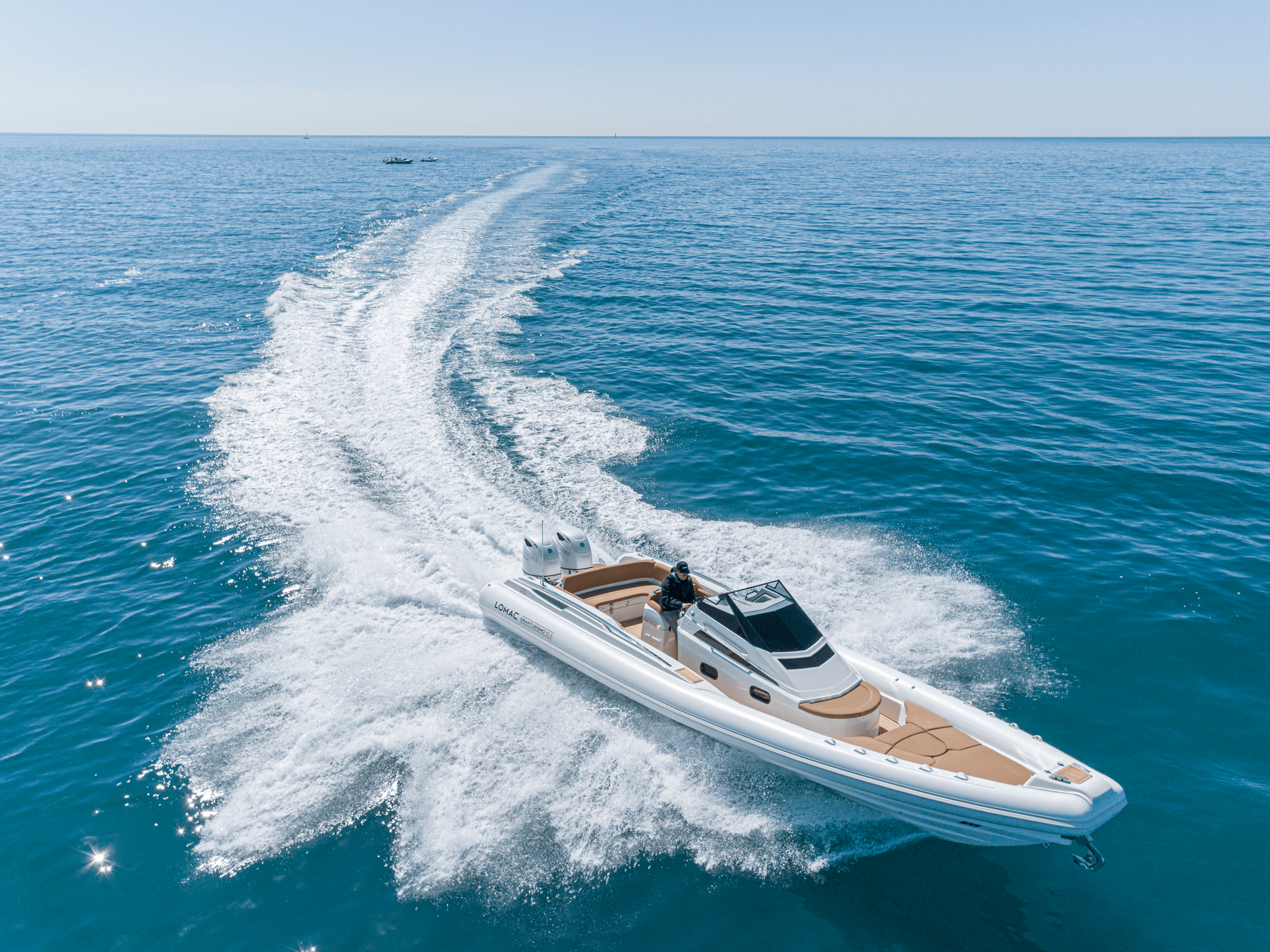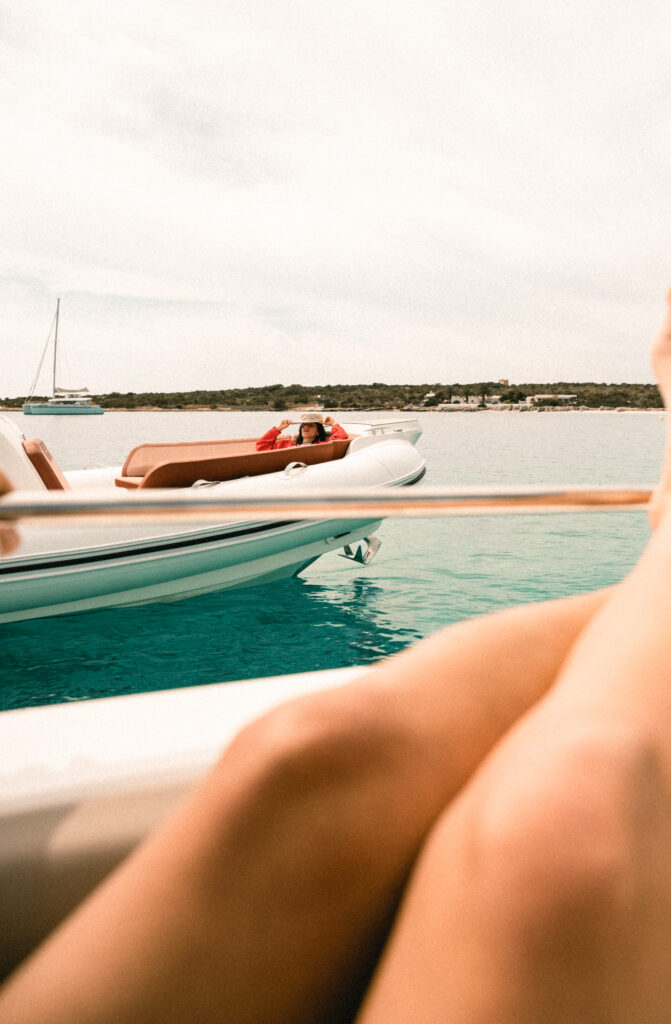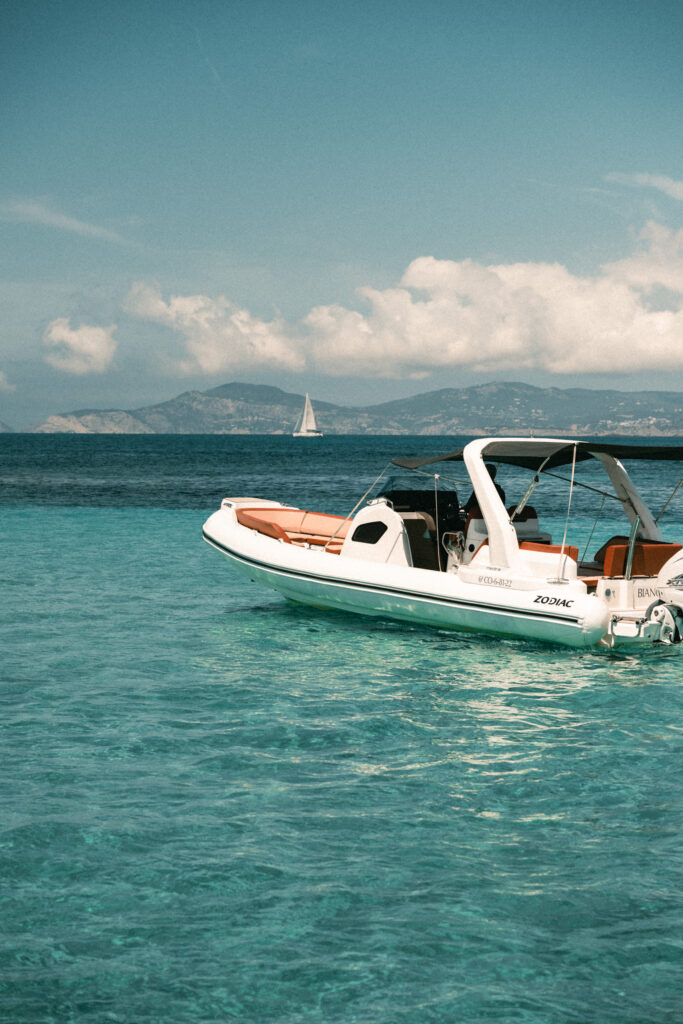Differences between a semi-rigid boat and a rigid boat

Are you thinking of buying a boat but you have doubts between an inflatable or a traditional hull? Do not get carried away only by the aesthetics because the differences are many and very important. The weight, the maneuverability, the accessibility? Key differences to choose one way or the other according to your way of sailing.

When buying a boat you must take into account what you are going to use it for, if you are going to spend the night on it, if you have a lot or little sailing experience, the activity you are going to develop with it (sport, fishing, walking...) and at what time of the year you are going to use it.
Because looking for a boat for day trips is not the same as looking for a boat to spend the whole weekend. Nor is it the same to look for a boat to be used for diving trips where you will need space for the equipment and a good entry and exit to the sea, than a boat to practice wake or water skiing.
However, in addition to the possibilities of use, the differences between RIBs and fiber boats are many.
RIBs
Rigid inflatable boats, also known as RIBs (rigid inflatable boats), have a soft hull usually made of PVC or neoprene and a rigid bottom made of fiberglass or aluminum.
Advantages
Weight
They are much lighter than rigid boats and therefore easier to transport. For the same reason they are easier to maneuver in the water. In addition, they are designed to carry more weight than rigid boats of similar size. RIBs offer an excellent ratio between length and capacity. Their lightness and buoyancy allow a greater load capacity than an equivalent rigid boat, allowing an eventual overload in case of emergency with guaranteed safety for the entire crew.
Stability
They are very stable in the water, making them safe and comfortable for passengers. The support provided by the floats means extra stability against rigid boats, especially in rough conditions, absorbing their impact even at high speeds.
Versatility
RIBs can be used for a wide variety of purposes at sea: they are good companions for fishing, diving or snorkeling, water skiing or wakeboarding. Thanks to the ease of storage they can be used as auxiliaries for larger boats or for discovering small coves.
Ease of beaching
Due to their low weight and flat hull, they are easy to beach on the beach, lifting the tail of the motor so as not to scratch the propeller. However, with time and wind there will be a rubbing of the sand on the inflatable float, so we advise you in this regard to be careful with the maintenance.
Savings
The hull design, coupled with the low weight, facilitates the thrust to move forward in the water. Therefore, you need less engine capacity to reach the same speed as a rigid boat, saving fuel.
Disadvantages
Punctures and deterioration
The soft hull of RIBs is vulnerable to punctures. Deterioration from exposure to sun and salt water is faster, so you must be very thorough and consistent with maintenance. However, a well-maintained RIB is a guarantee of durability.
Daytime use
RIBs tend to have smaller cabins, functional spaces for protected resting, which make them ideal for day trips.
Rigid or fiber boats
Rigid boats have a rigid hull have more storage space for fishing gear, tackle and other accessories, ideal for cruises of more than one day or for storing sporting or leisure equipment.
The first attempt to use fiberglass was in the 1930s, when Owens Corning made a prototype that failed because it was too weak. It was in the 50's when the nautical industry started to build boat hulls using fiberglass reinforced polyester, being today a highly valued option because it allows us to build very resistant boats with more avant-garde designs.
Advantages
Aesthetics
It seems a secondary reason but it is not: the rigidity of the material allows a more daring, creative and modern industrial design, as well as a better optimization of space. And aesthetics are always welcome to make your life more pleasant.
Resistance
The rigid hull makes them more resistant to shocks and there is no possibility of punctures. However, damage to the
Durability and maintenance
They have a longer service life than RIBs. Semi-rigid boats require less maintenance than RIBs. They are corrosion and stain resistant, so cleaning is easier and durability is longer.
Comfort
They have more options of having cargo spaces, inboard engine option, cabins, bathrooms or cabin. The designs in recent years have been worked to satisfy comfort as a passenger as well as a sailor.
Disadvantages
Weight
They are much heavier than semi-rigid boats, which makes them more difficult to transport and maneuver than a semi-rigid boat. However, boats are becoming lighter and lighter, and ports are more prepared to carry out this type of lifting in the event of wanting to store the boat during the wintering season, so it is not a problem.
Stability and maneuverability
They can be less stable than RIBs, and more skill is required when sailing and maneuvering in port.

If you want to buy a boat in Ibiza, come to visit us and we will advise you during the purchase, solving your doubts and advising you which boat best suits your sailing profile and your style at sea.

















